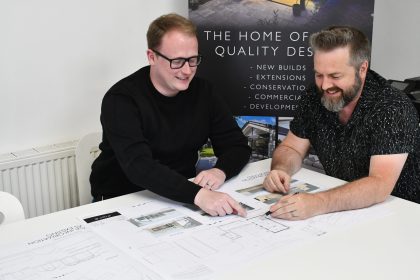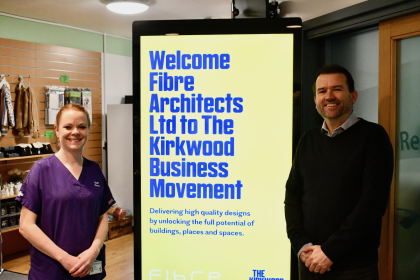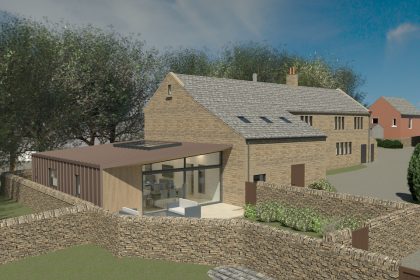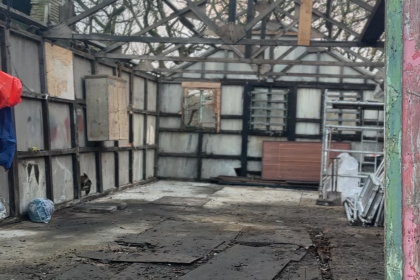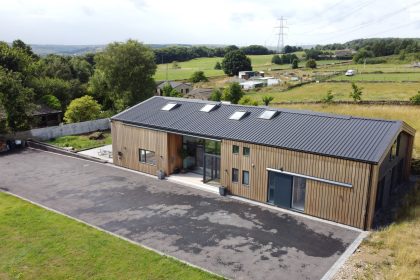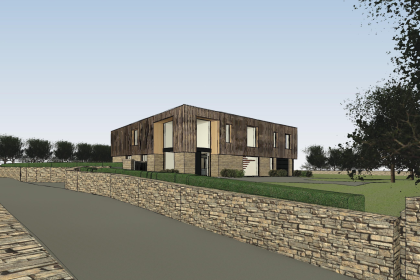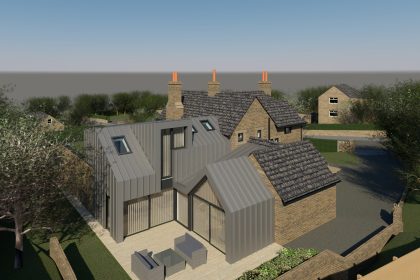A ‘fabric first” approach to building design concentrates on maximising the performance of the components and materials that make up the building fabric. This allows you to achieve well-built thermal and energy efficient elements that help reduce capital and operational costs and lower carbon emissions. The fabric first method can also reduce the need for maintenance during the building’s life.
Buildings designed and constructed using this method aim to minimise the need for energy consumption through their processes such as:
-Maximising air-tightness
-Using Super-high insulation
-Optimising solar gainthrough the provision of openings and shading
-Optimising natural ventilation
-Using the thermal mass of the building fabric
-Using energy from occupants, electronic devices, cookers and so on
A fabrics first approach is considered to be more sustainable than installing energy saving technology or renewable energy generation later on. This can be expensive and may not be used efficiently by the consumer.
Having energy efficient materials integrated into the building means that occupants are required to do less to operate their energy efficient building, creating fewer changes to their living habits.
Fabric first building systems can be constructed off site so they are likely to be higher quality and therefore have better performance, lower labour costs and increased build speed.
Both the government and Passivhaus, an energy performance standard for dwellings, commercial, industrial and public buildings, have adopted a fabric-first approach to energy efficiency and believe it is the way forward in the construction industry.
Article source: www.designingbuildings.co.uk
Image source: www.pixabay.com
